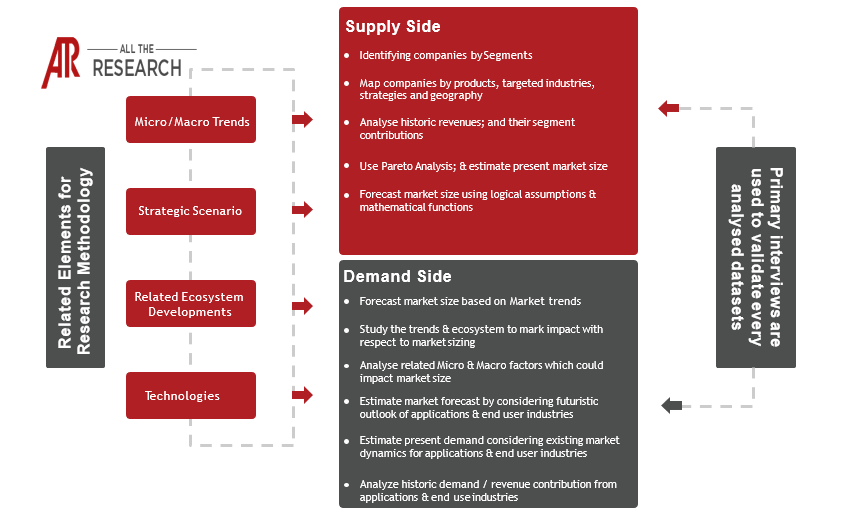The bioprinting market is poised for significant growth in the coming years, driven by advancements in technology and increasing demand for personalized medicine, tissue engineering, and drug discovery. This report analyzes the current state and future prospects of the bioprinting market, exploring key drivers, challenges, and trends shaping the industry landscape.
Market Definition and Scope:
Bioprinting, also known as 3D bioprinting, is an additive manufacturing technique that utilizes bioinks, materials containing living cells, biomaterials, and growth factors, to create three-dimensional structures with biological functionality. These structures can range from simple tissues to complex organs, promising solutions for a wide array of applications. The market includes hardware (bioprinters, print heads, etc.), bioinks (cells, biomaterials, growth factors), and software solutions (design software, data analysis tools) used in the bioprinting process. End-user industries span pharmaceuticals and biotechnology, research institutions, hospitals, and cosmetic companies.
Market Size and Growth Forecast:
The bioprinting market is projected to witness a substantial CAGR of X.X% during the forecast period (2024-2032). This robust growth is fueled by increasing R&D investments, technological breakthroughs, and the growing need for alternatives to traditional organ transplantation and drug testing methods. While the market is still relatively nascent compared to other additive manufacturing sectors, its potential impact on healthcare and other industries is immense.
Key Market Drivers:
Key Challenges:
Regulatory Landscape:
The regulatory landscape for bioprinting is still evolving. Regulatory agencies such as the FDA in the United States and the EMA in Europe are working to establish guidelines for the approval and commercialization of bioprinted products. These guidelines will likely focus on the safety, efficacy, and quality of bioprinted tissues and organs.
Major Players:
Key players in the bioprinting market include:
These companies are actively involved in developing and commercializing bioprinting technologies, bioinks, and related products.
Regional Trends:
North America currently dominates the bioprinting market, driven by strong research funding, advanced healthcare infrastructure, and the presence of key industry players. Europe is another significant market, with increasing R&D investments and a growing focus on regenerative medicine. The Asia Pacific region is expected to witness the fastest growth during the forecast period, driven by rising healthcare expenditure, increasing awareness of bioprinting, and growing research activities in countries like China and Japan.
Trends in M&A and Fundraising:
The bioprinting market has seen increased activity in mergers and acquisitions (M&A) and fundraising in recent years. Larger companies are acquiring smaller bioprinting companies to expand their product portfolios and gain access to new technologies. Venture capital firms and angel investors are also investing in bioprinting companies, recognizing the potential of the market. These activities indicate growing investor confidence and a maturing market.
Conclusion:
The bioprinting market presents a significant opportunity for companies involved in healthcare, pharmaceuticals, and biotechnology. While challenges remain, ongoing advancements in technology, increasing R&D investments, and growing demand for personalized medicine are driving market growth. As regulatory frameworks become clearer and costs decrease, bioprinting is poised to revolutionize healthcare and other industries. This report provides a comprehensive analysis of the bioprinting market, offering valuable insights for stakeholders looking to capitalize on the opportunities presented by this exciting and rapidly evolving field.
The Report Segments the market to include:
By Technology
By Application
By Material
By End-User
By Region

Ask for free product review call with the author

Share your specific research requirements for a customized report

Request for due diligence and consumer centric studies

Request for study updates, segment specific and country level reports
By Technology
By Application
By Material
By End-User
By Region
3D Bioprinting Conference (Various Dates & Locations): Multiple events globally focusing on the latest advancements, research, and commercialization in 3D bioprinting. Check specific dates and locations (e.g., Europe, US, Asia).
ISSCR Annual Meeting (June): International Society for Stem Cell Research conference showcasing cutting-edge stem cell research, including bioprinting applications.
TERMIS World Congress (Date Varies): Tissue Engineering and Regenerative Medicine International Society's global conference covering biomaterials, tissue engineering, and bioprinting.
Bioprinting for Drug Discovery Summit (Dates Vary): Focuses on the applications of bioprinting in pharmaceutical research and development.
Advanced Materials World Congress (Dates Vary): This large congress contains sessions on biomaterials and biomanufacturing, of which bioprinting is part.
SLAS International Conference and Exhibition (Dates Vary): Screening, drug discovery and automation, including relevant technologies for bioprinting workflows.
Webinars & Online Events: Regularly check leading bioprinting companies' websites (e.g., CELLINK, Allevi), industry publications (e.g., 3D Printing Media Network), and relevant scientific journals for webinars and virtual events throughout the year.
